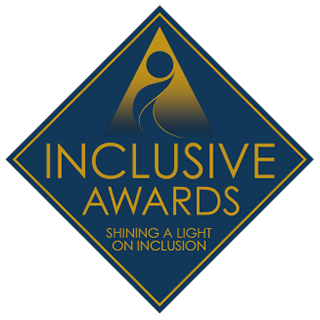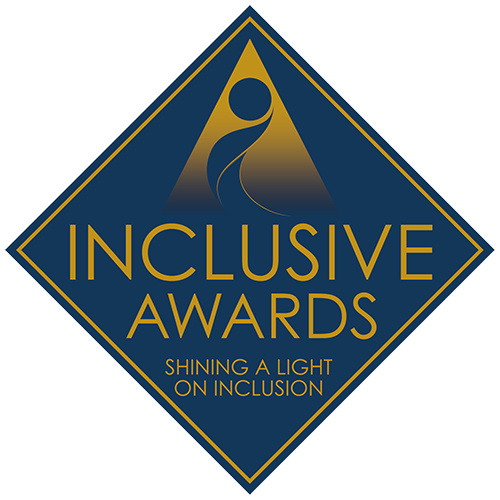Diversity power list supporting information
I started my first business 20 years ago, after my second career break (this one was travelling around the world). I struggled so much without the discipline I’d had in a “proper” job, even though I was free to do what I wanted. I suffered tremendously with poor mental health and started to suspect that I might have ADHD and/or autism. My travel business had transformed the lives of over a million people, yet I felt empty.
As my mental health began to improve (thanks to a litany of therapists) I realised I wanted to use my experience to make a difference. I started my company Sparkle Class (now called Firebird) originally with a view to having a positive impact on individuals. However, I soon realised that I could reach more people and impact more lives through corporate training and public speaking.
I rapidly grew my company, despite the myriad demands of simultaneously looking after young children and aging parents. I found that being neurodivergent helped me enormously once I learnt to work with my brain, rather than against it. It meant I could do a full-time job in part-time hours, and had the flexibility to work with clients around the globe, speaking online in all different time zones.
At 46 I was diagnosed with autism and at 48, with ADHD. I use my privilege to be out and proud about my diagnoses, with the goal of reducing stigma and helping others. I spend a lot of time supporting individuals in confidence, as they often find they have no-one else to turn to. They tell me that I’ve literally changed their life, or that my work is the first time they’ve seen themselves represented. I find that incredibly humbling and I’m so grateful for their generosity in sharing such personal stories with me.
As well as training corporates, delivering international keynotes and a TEDx talk and supporting individuals, I have also written a book, “How to be autistic”. This is a guide for people with a new diagnosis, who often don’t have any other support. I made it free to download from www.howtobeautistic.com because so many autistic people are unemployed and I didn’t want cost to be a barrier to accessing it.
My consultancy is the first (and currently, only) neurodiversity consultancy to have a specialist intersectionality trainer. We’ve now added a specialist LGBTQIA+ trainer too. I chose to take this step so my clients would have a better understanding of the experiences of different groups of people and how this impacts their neurodiversity. It was also for training participants to have trainers who they can relate to, not just because they look like them, but because they might share similar experiences. We’ve found more interaction and positive feedback since embracing intersectionality.
I also actively platform those under-represented voices in neurodiversity – primarily global majority people (Black, Asian and other non-white people). I won’t be on an all-white panel and I don’t speak at events if there are no non-white speakers. I also champion other groups within neurodiversity, such as LGBTQIA+, menopausal women, those with eating disorders or who are overweight, and those who are from a less privileged background.
We’re one of very few consultancies to train inclusively – the vast majority of trainers don’t consider the needs of neurodivergent learners. My feedback and testimonials support this – people saying that even with ADHD they’ve stayed engaged and neurodivergent learners saying they could understand and follow the sessions. I’ve also had feedback from blind and deaf participants who say they found the session accessible and inclusive.
I’ve taken my approach to inclusive presentations one step further – by producing a talk, course and training programme around neurodiverse inclusion at events. In this way, I can train others to be more inclusive – using the skills they already have.
Finally, I include neurotypicals in my neurodiversity work. I don’t believe that we can have true inclusion if we focus on one group at the expense of another, and I actively promote the message that inclusion is for everyone, even if they’re not marginalised. I consistently communicate my passionate beliefs around diversity and inclusion and strive to make the world a better place for all of us.



